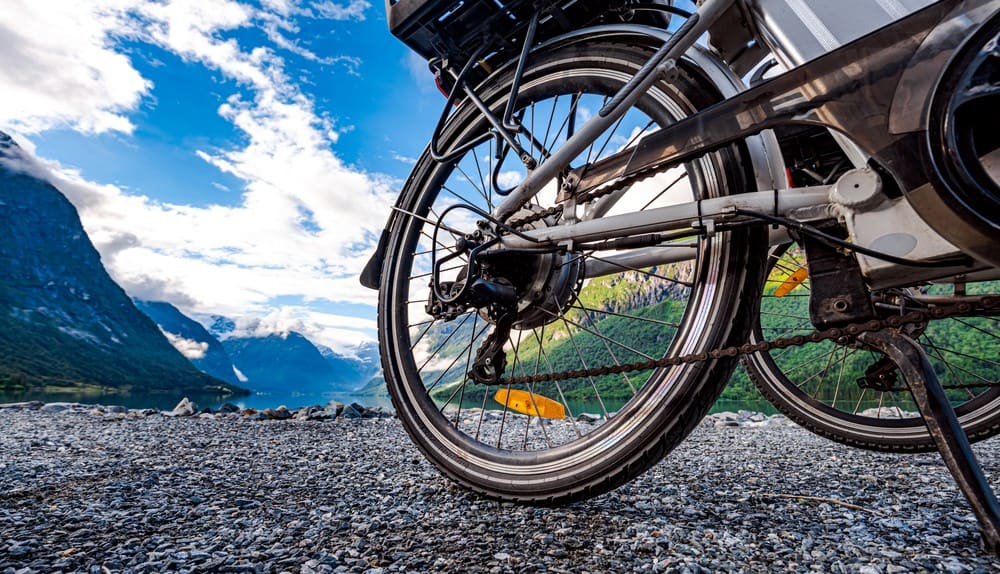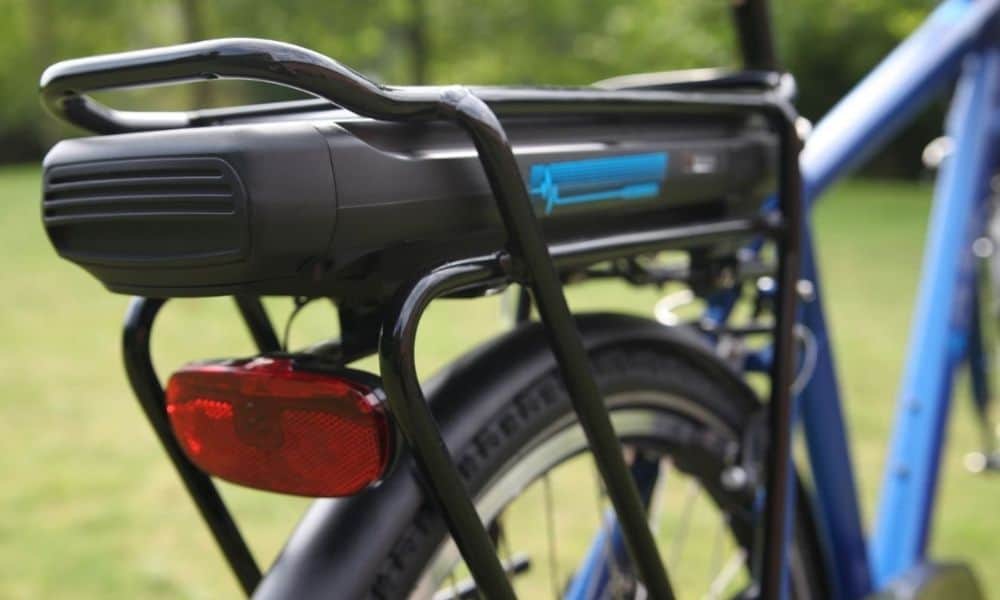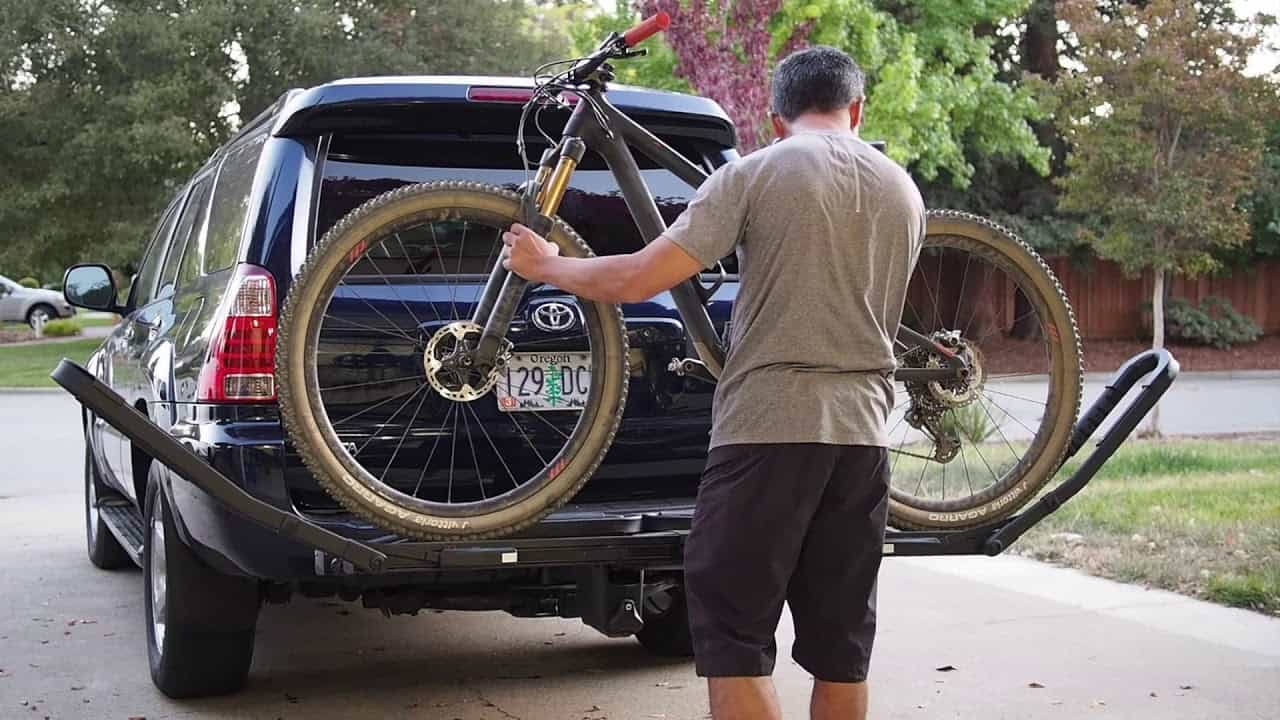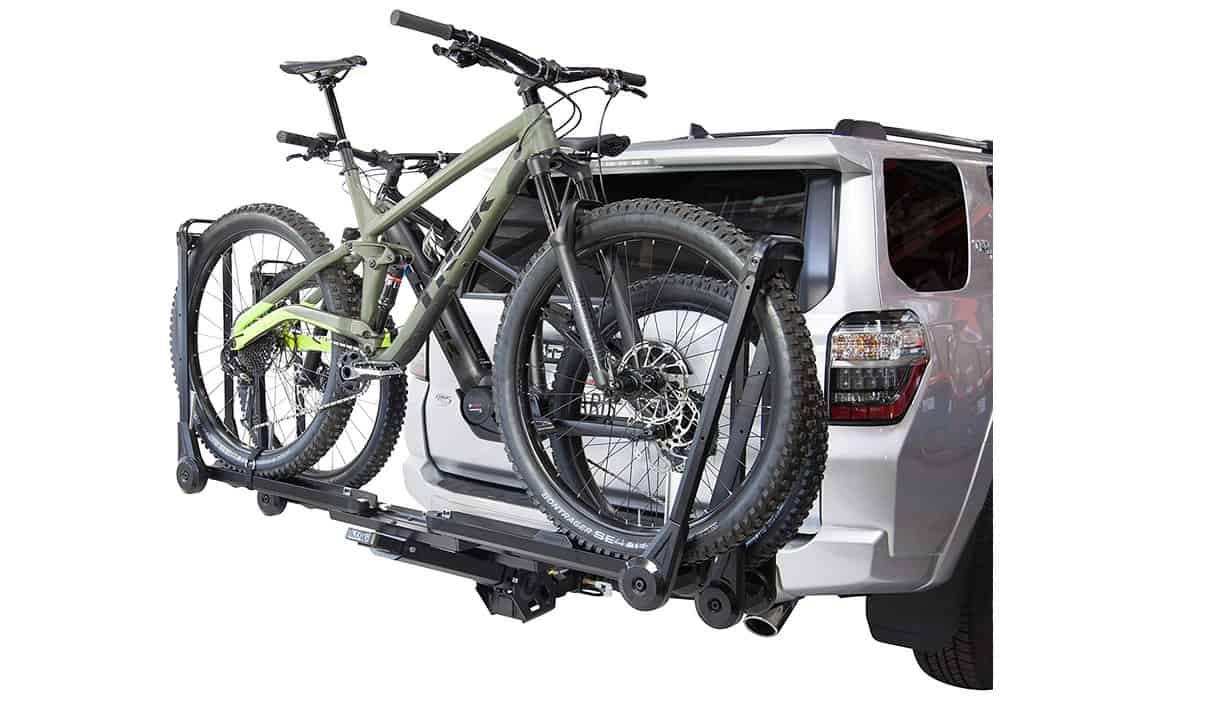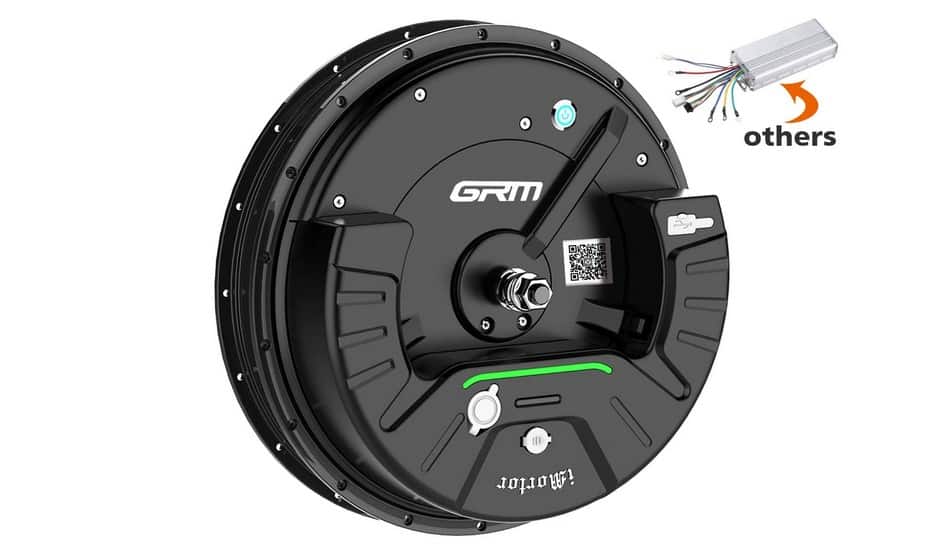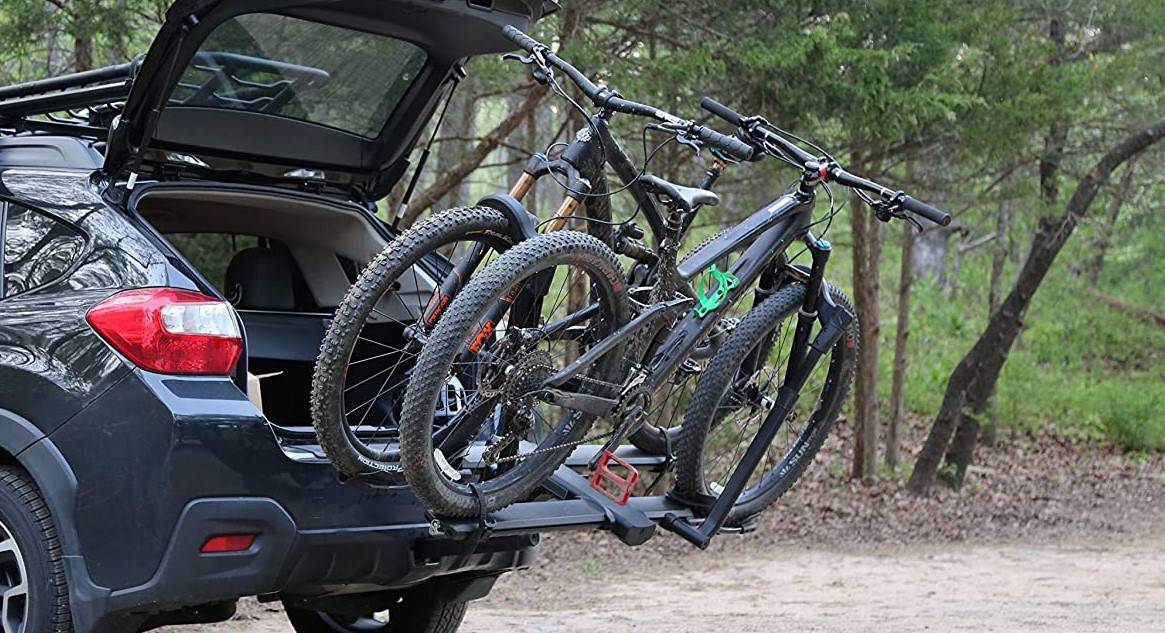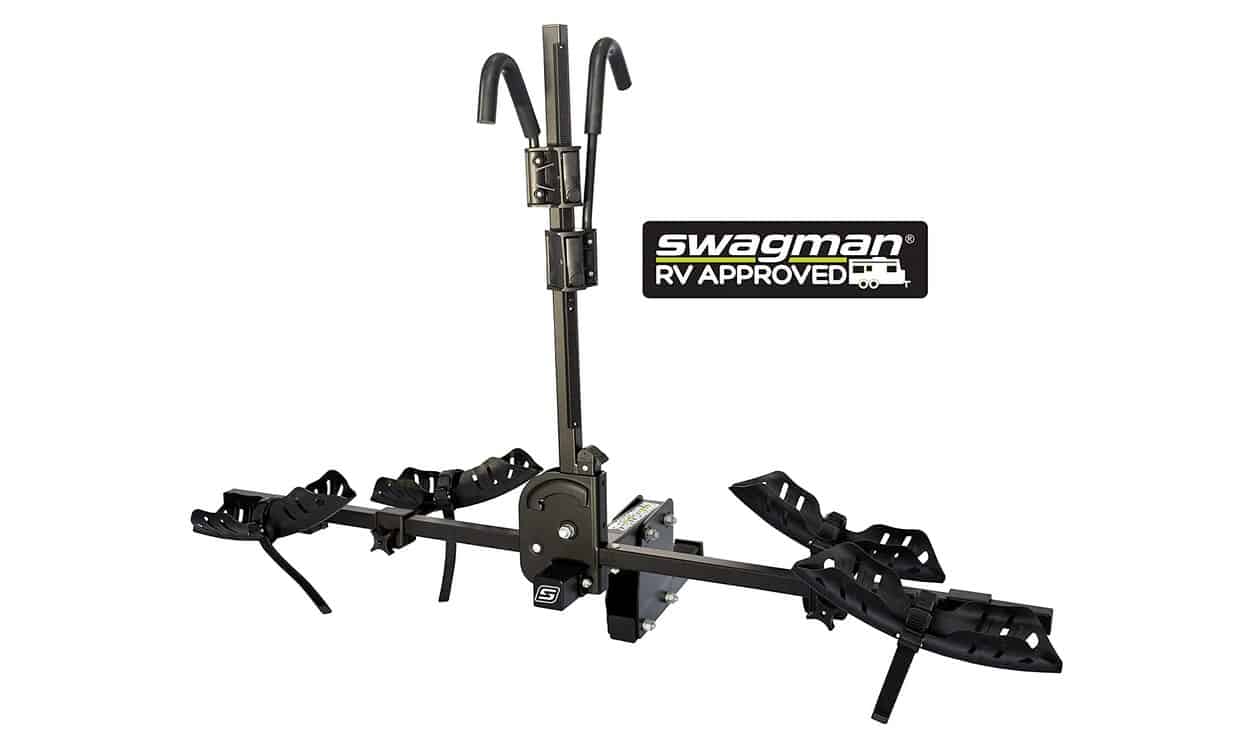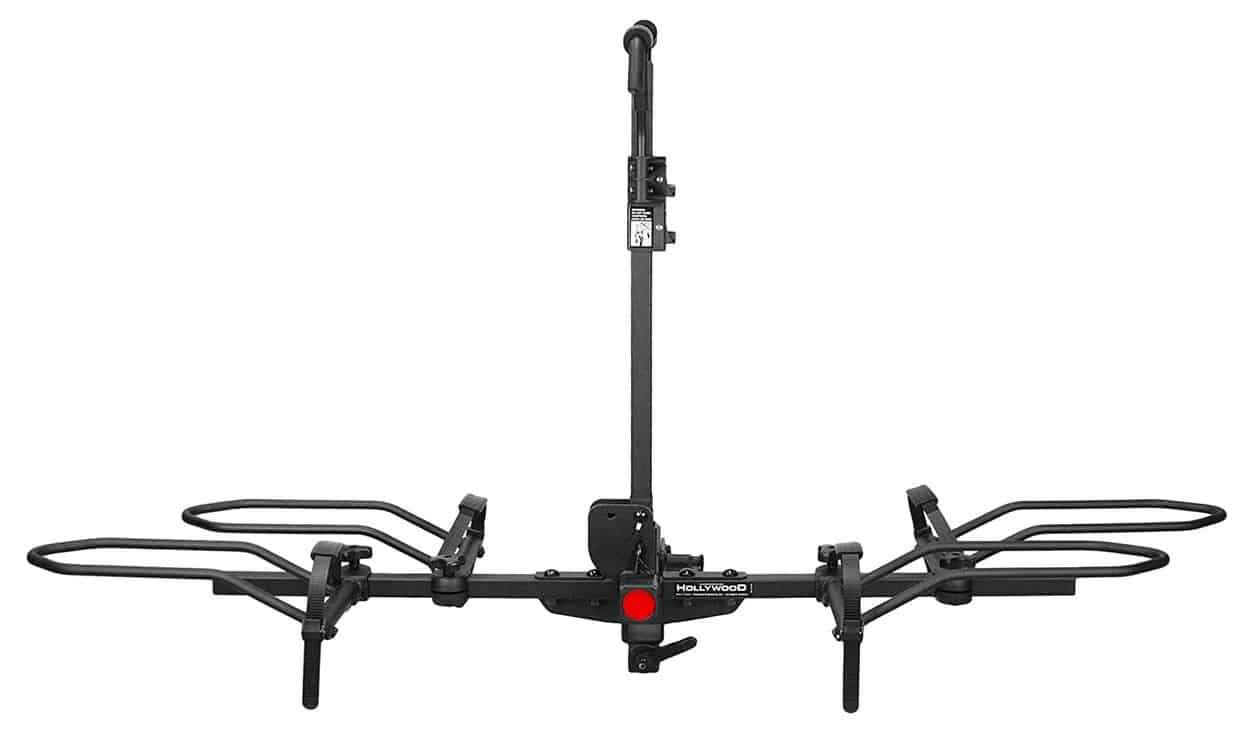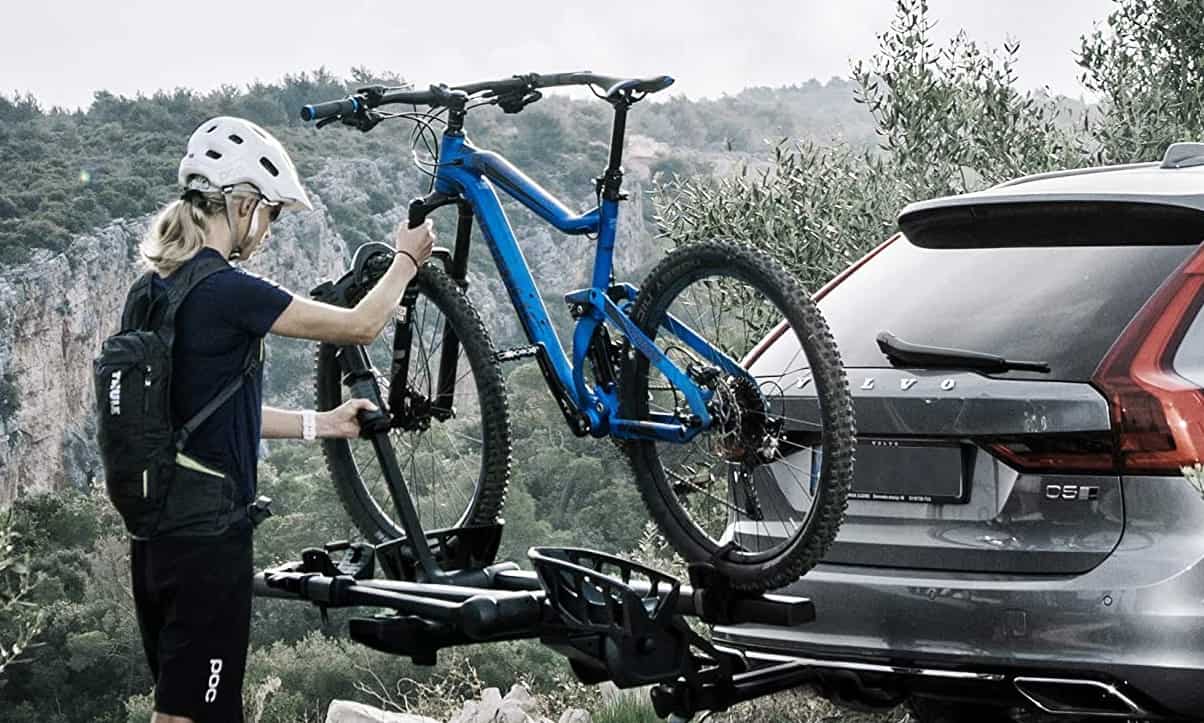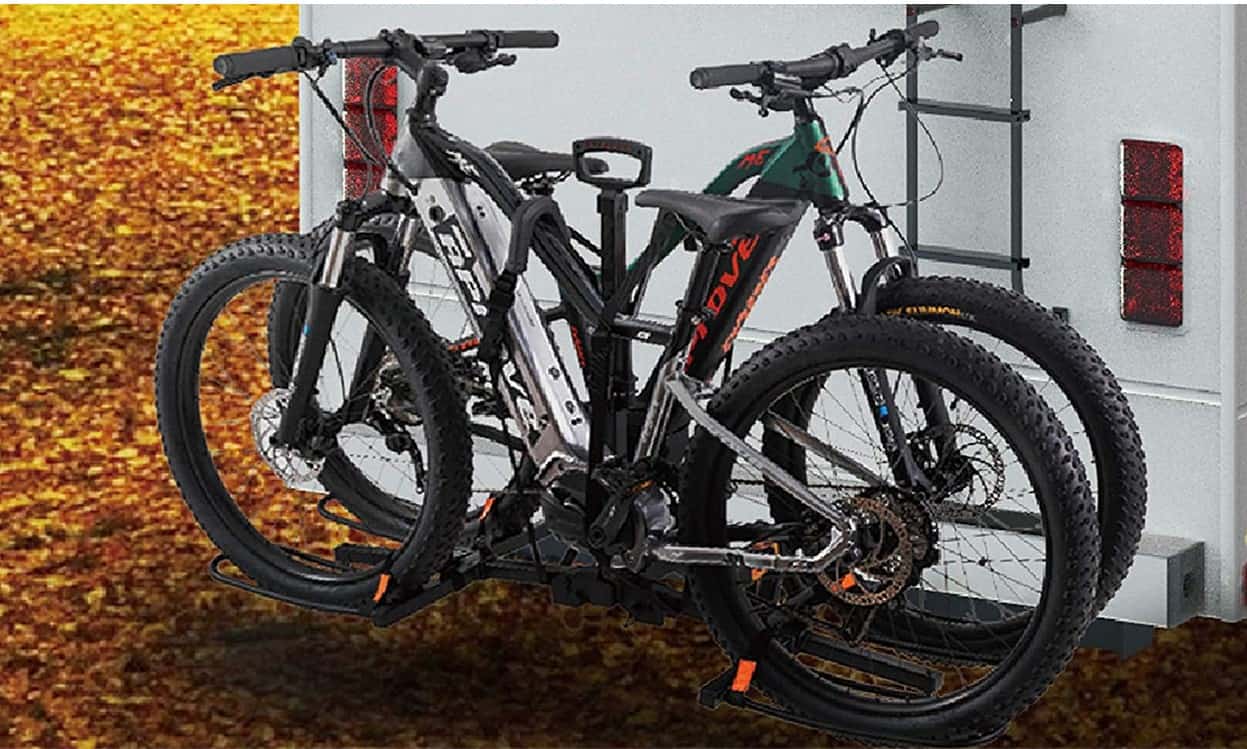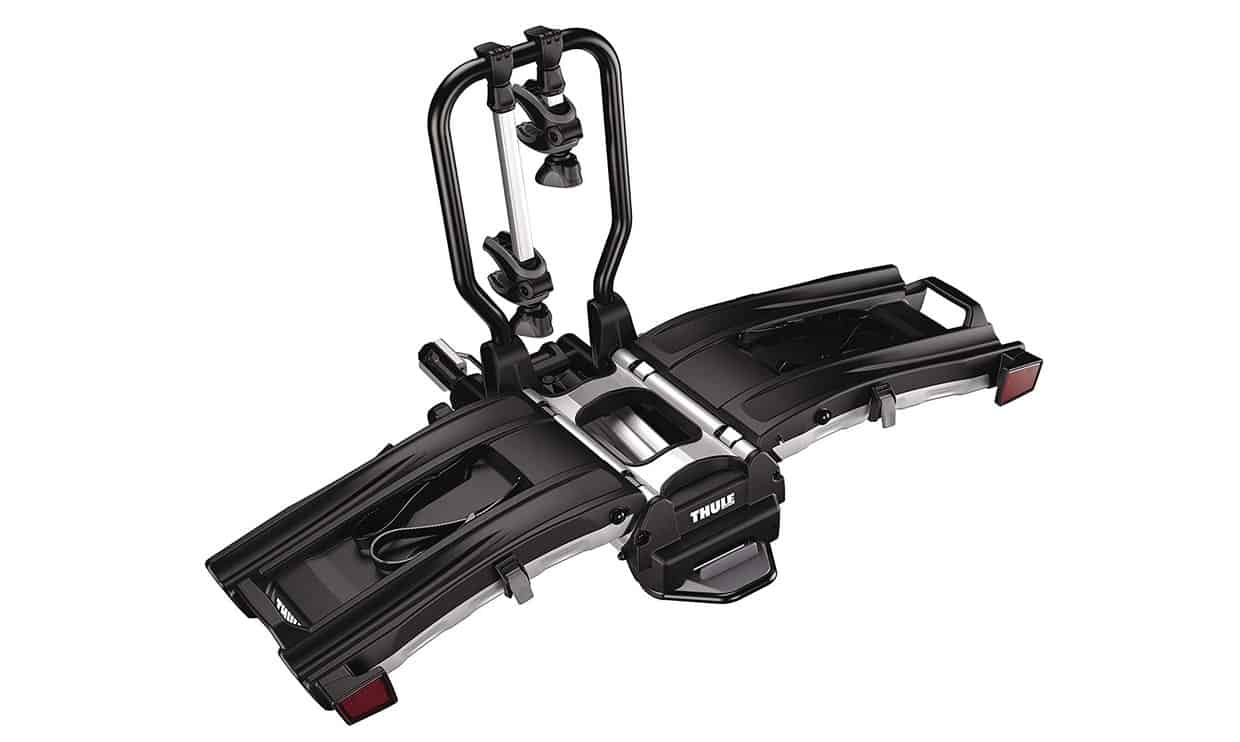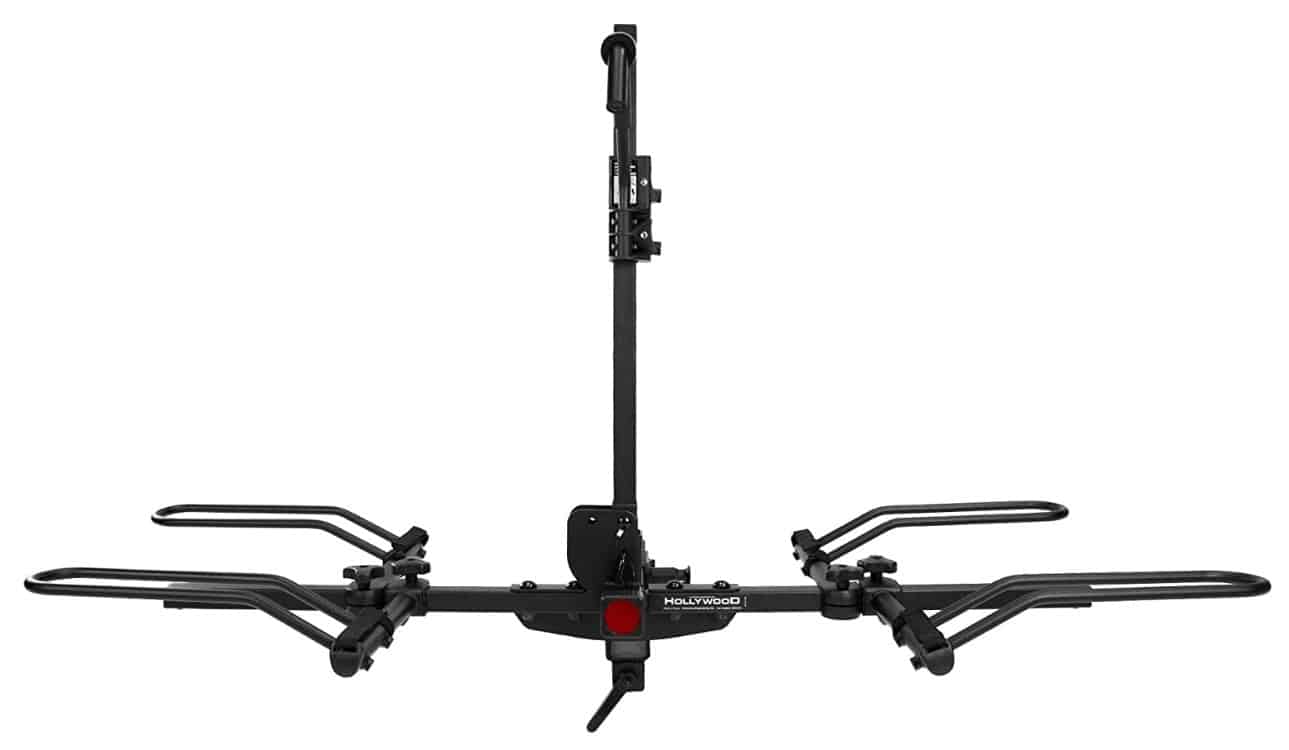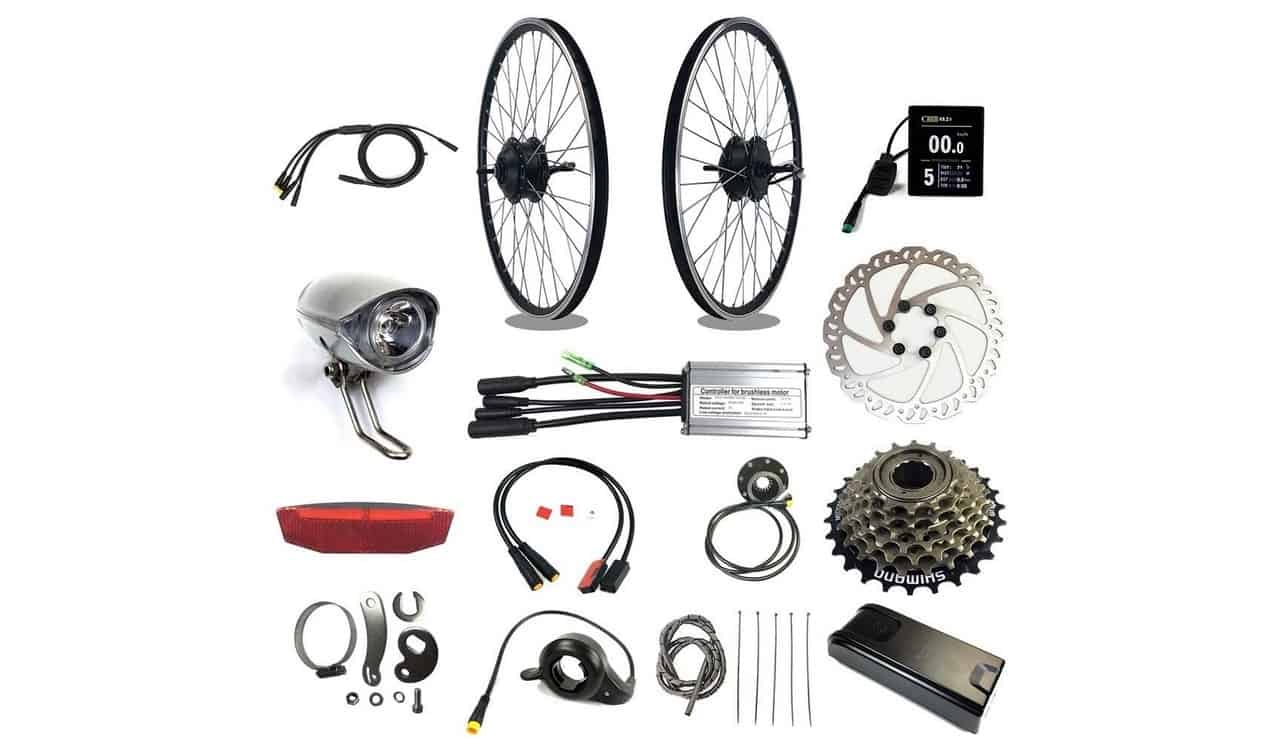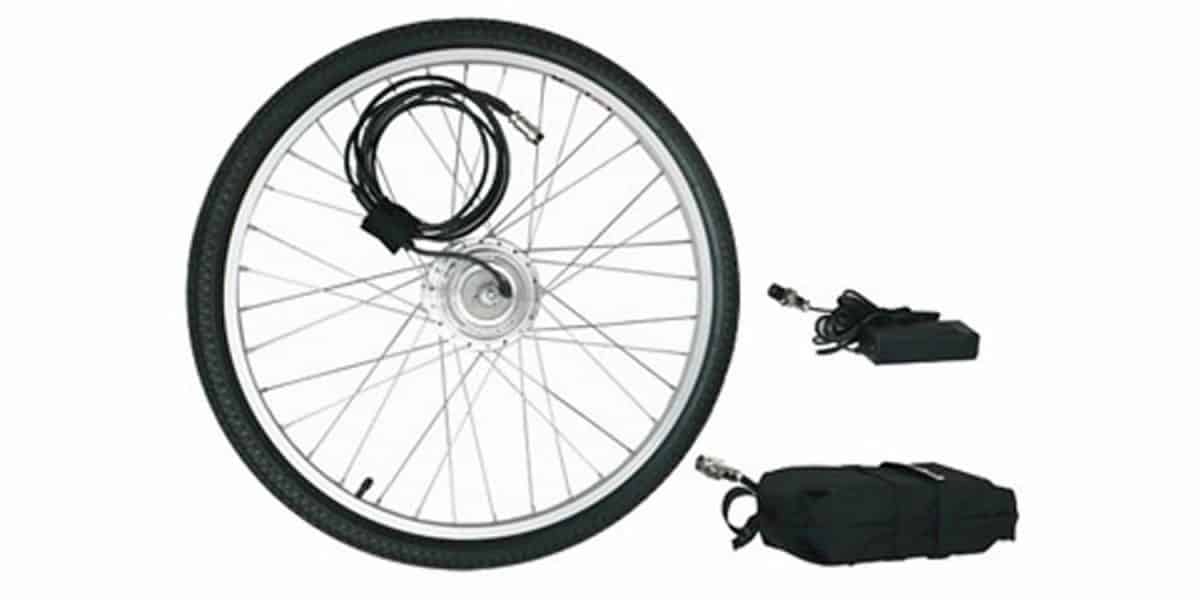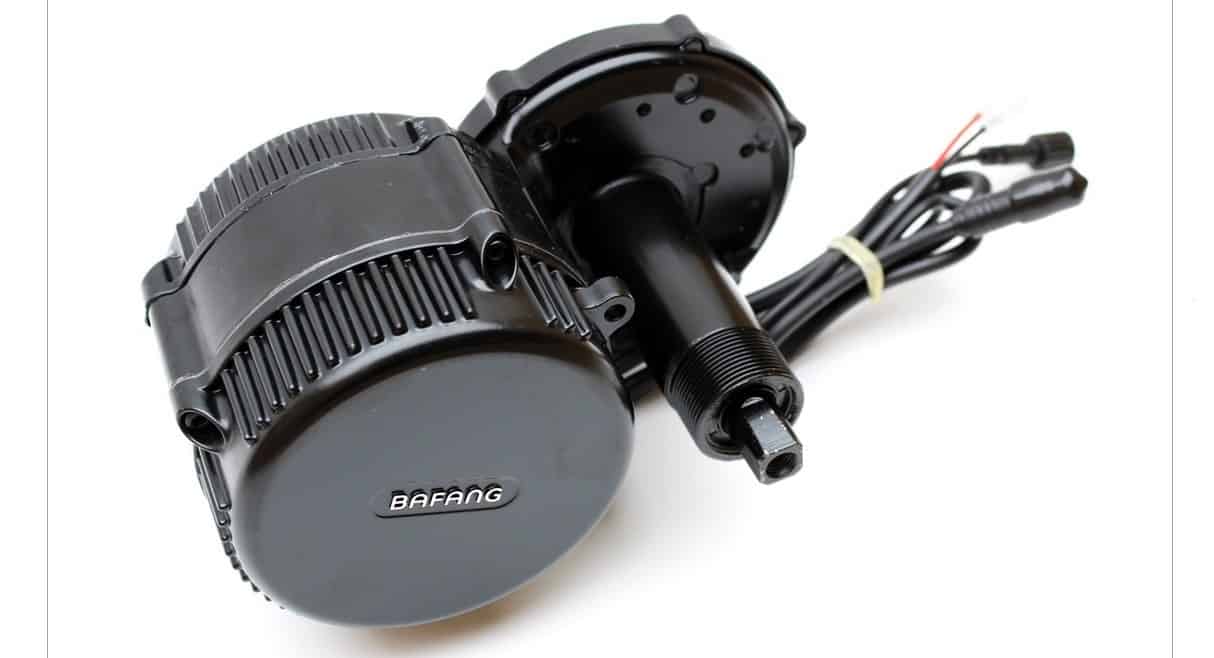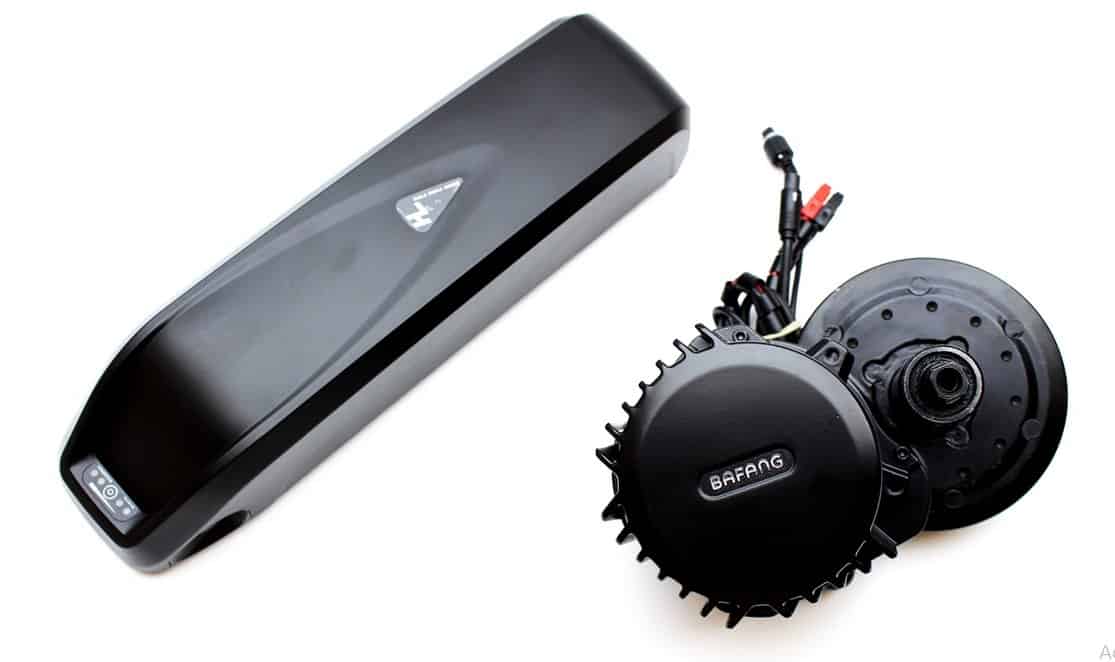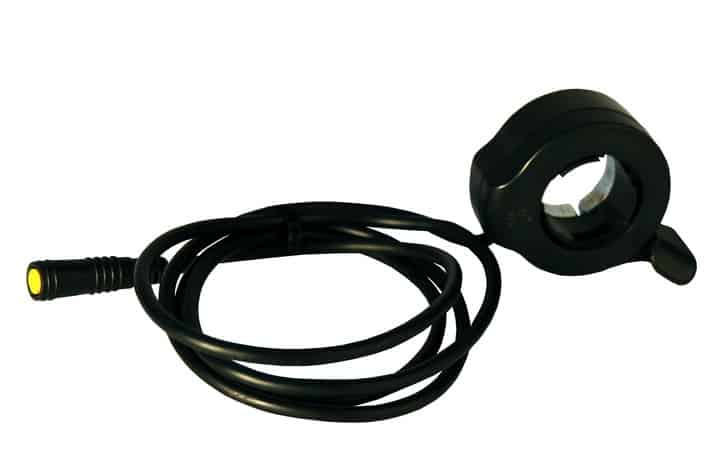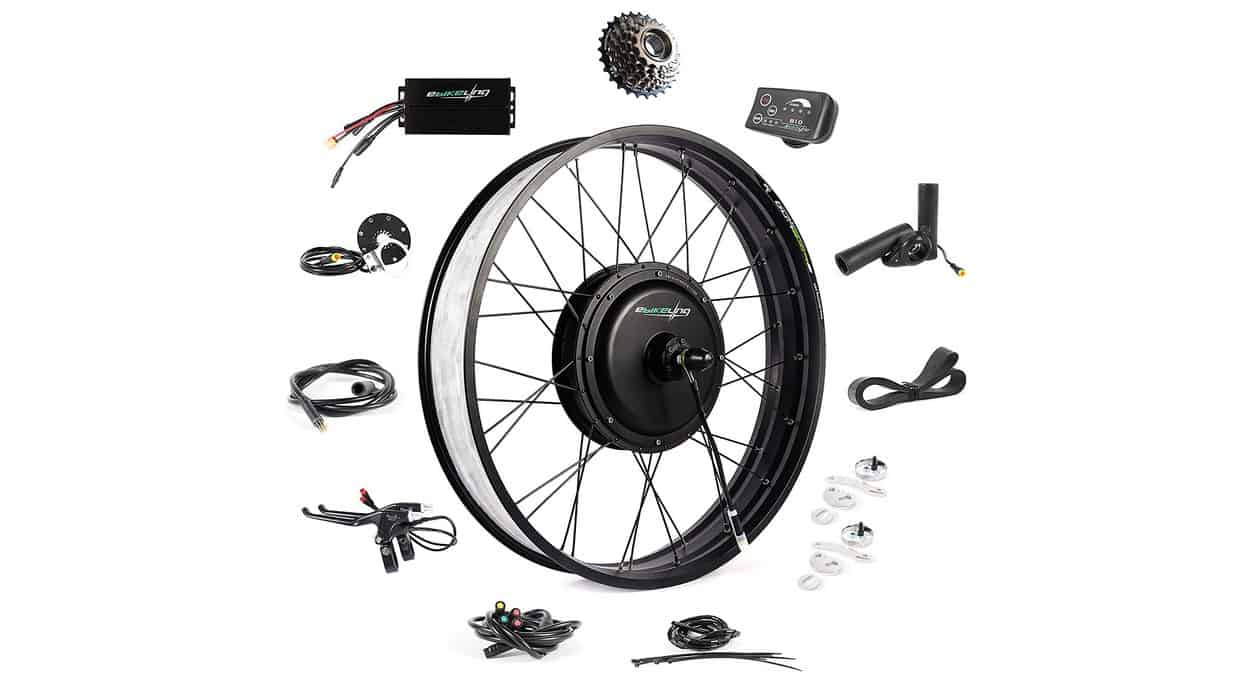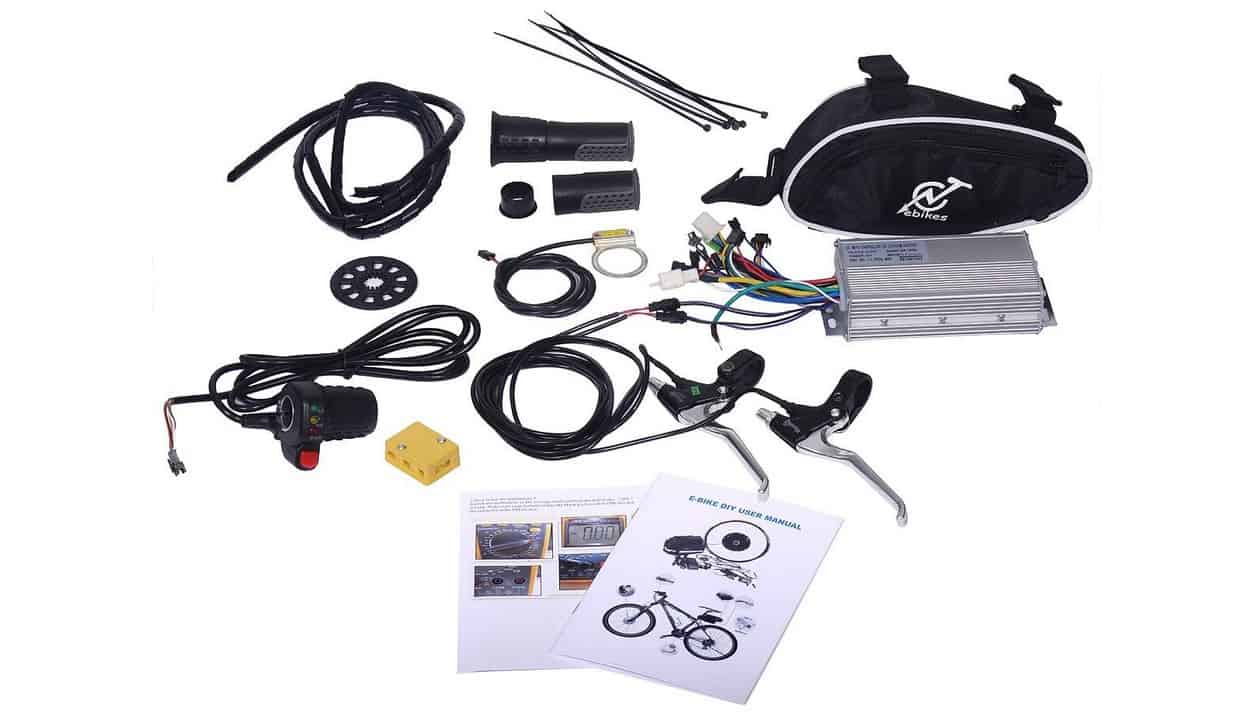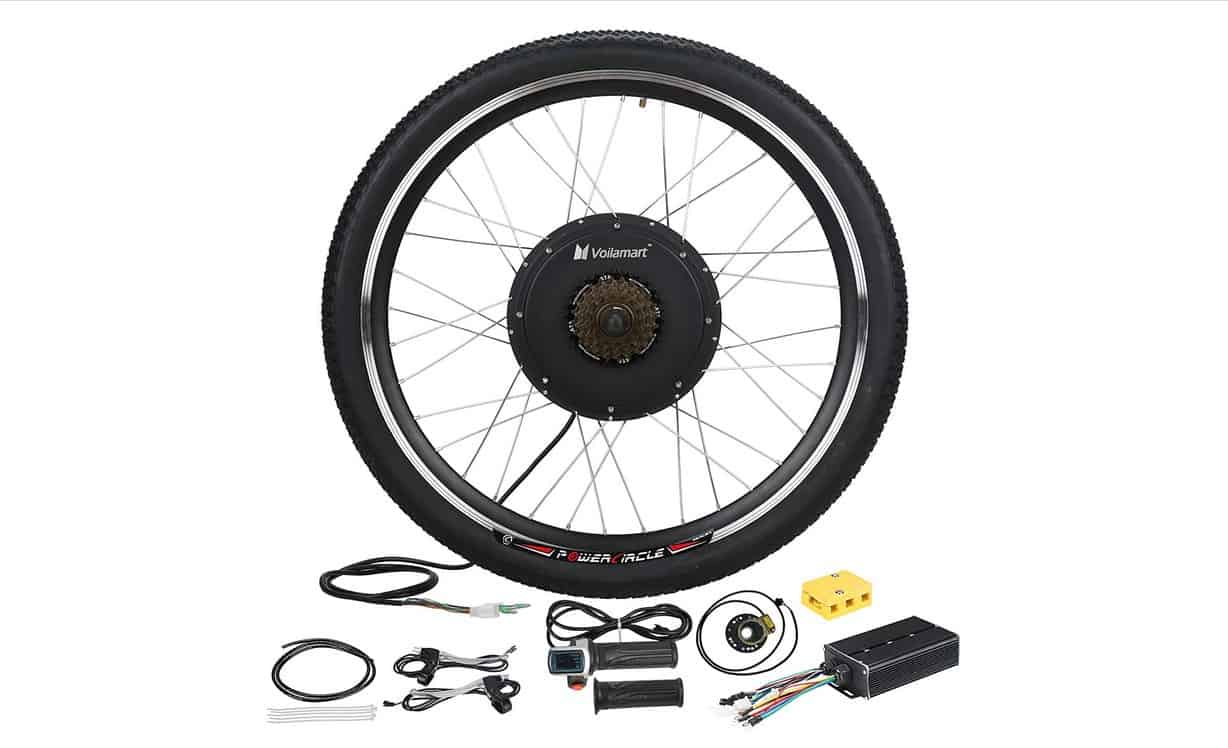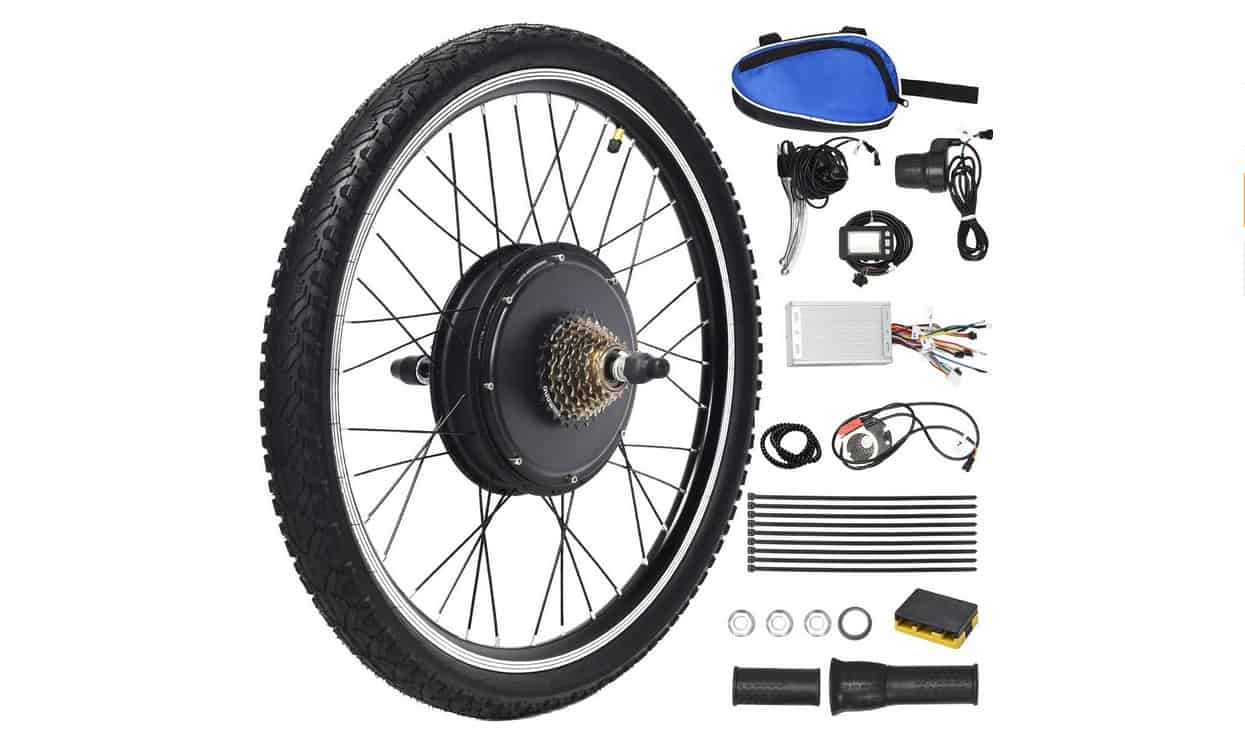Under European and United Kingdom law, many electric bikes can be treated as bicycles rather than as Mopeds or as motor vehicles. In general, this means you won’t have to register your eBike or pay road tax, but you are required to wear a helmet and observe other cycling regulations. eBikes are allowed on bike paths except where local rules prohibit them.
KEY TAKEAWAYS:
- Local eBike rules vary somewhat but mostly follow EU guidelines
- EU and UK law defines an eBike as an electric pedal-assist bike with less than 250 watts of power
- eBikes must only provide electric assist up to 15.5 mph
EBikes are allowed to use the bike lanes on UK roads and the cycle lane on most EU roadways. You don’t need a driving license to ride an eBike, but in the UK including in Northern Ireland, regulations state that you do need to be at least 14 years old. Be sure to also read more about the best electric bikes on the market today.
Definition of an EBike
Current regulations in both the European Union and the UK have a specific definition of an “eBike” that can be somewhat confusing. EBikes are required to have pedals and a motor power output limited to 250W continuous. Motor assistance is required to operate only up to 25 kph. Have a look at our electric bike sizing guide to learn more about the different types of e-bike for different riding styles.
Speed Limits
In EU and UK law, eBike maximum assisted speed is up to 25 kph. E-Bike riders can still pedal an eBike faster than this, but the eBike isn’t allowed to provide electrical assistance beyond this speed.
For twist throttle eBikes, the speed allowable under throttle assist alone is up to 6 kph.
EU S-Pedelecs
In addition to the criteria for bikes with electric motors that fall roughly into the category of regular bike legal jurisdiction, there is an EU definition for more powerful bikes with motors beyond 250W or equipped with a full-speed throttle.
These “Speed Pedelecs” are in between e-Bikes and electric mopeds. They are allowed to provide throttle assist up to 45 kph and are required to be registered as motor vehicles for use on public roads. Riders are required to wear a motorcycle helmet.
Power Limits
Both the EU and UK regulations now state that to be classified as an “eBike” or Pedelec, an electric bicycle must have a motor with a continuous rated power output of 250W or less. This means the nominal motor power rather than the “peak” power, which can be confusing, as some electric cycle motors are advertised by “peak” wattage.
Throttles
Off-road Switches can delimit many e-Bikes so that the electric motor can provide additional assist at speeds beyond 25 kph, but according to UK regulations, these switches are not allowed for electric bikes used on public roads. They are legal in the EU for use on bike trails, but local regulations may mean they aren’t allowed within city limits.
Age Limits
There’s no specific licensing requirement to ride an e-Bike that fits the definition of standard pedelecs in the European Union or the UK. However, in the UK e-Bike riders must be 14 years old or older. In order to ride speed pedelecs or more powerful cargo e-Bikes, you’ll need to have a license and the bike will have to be registered as an electric vehicle. In most cases, there’ll be some road tax.
UK Weight Limit for eBikes
In the United Kingdom, standard eBikes must weigh 30 Kg or less. The European Union doesn’t have a specific weight limit for electric bikes.
Other Rules and Regulations
Since UK eBike rules were harmonized with the EU standard regulations in 2016, eBikes purchased in the UK prior to January 1st, 2016 aren’t retroactively included in them. This mainly affects the use of full-speed throttles or “twist and go” throttles, which under European Union rules are only allowed as “start-up assist” features, providing electrical assistance up to 6 kph. If you have an older twist-and-go eBike in the UK, it can still be treated as a bicycle and not a motor vehicle, as long as it meets the other UK requirements for eBike classification. And finally, for added protection, we recommend any of these electric bike insurance options, even though this is not legally required.
F.A.Q.
Do e-Bike riders have to pay vehicle excise duty?
In most EU member states and in the UK, eBikes defined as standard pedelecs or “electrically assisted bicycles” don’t need to pay vehicle tax.
Is there a separate law for twist-and-go eBikes?
Under EU law, twist-and-go eBikes with up to 1000 watts of continuous motor output now fit in a category called “L1e-A powered cycles,” or speed pedelecs. These are technically motor vehicles but are not subject to the same taxes and requirements as a full-on classic moped. UK law allows for twist-and-go eBikes sold before 2016 to be considered standard pedelecs as long as they meet the maximum speed and power requirements.
What if my eBike doesn’t meet the regulations?
If you have an eBike that doesn’t meet the power and speed assistance limit, you can still ride it on public roads but you’ll likely have to have insurance, pay a small vehicle tax and have a moped driving license. You may also be required to wear a motorcycle helmet.
STAT: Overall eBike sales increased 24% from 2012 to 2019 across all EU Member States (source)
STAT: Several European countries have introduced cargo e-Bike delivery services. (source)
REFERENCES:
- https://eur-lex.europa.eu/legal-content/EN/ALL/?uri=CELEX%3A32013R0168
- https://en.wikipedia.org/wiki/Electric_bicycle_laws
- https://ec.europa.eu/eurostat/web/products-eurostat-news/-/ddn-20200813-1 r
- https://eur-lex.europa.eu/legal-content/EN/ALL/?uri=CELEX%3A32013R0168
- https://ecf.com/what-we-do/road-safety/electric-bicycle-pedelec-regulation















![Best Batteries for Electric Bikes in [year] 7 Best Batteries for Electric Bikes in 2026](https://www.gadgetreview.dev/wp-content/uploads/best-battery-for-electric-bike.jpeg)
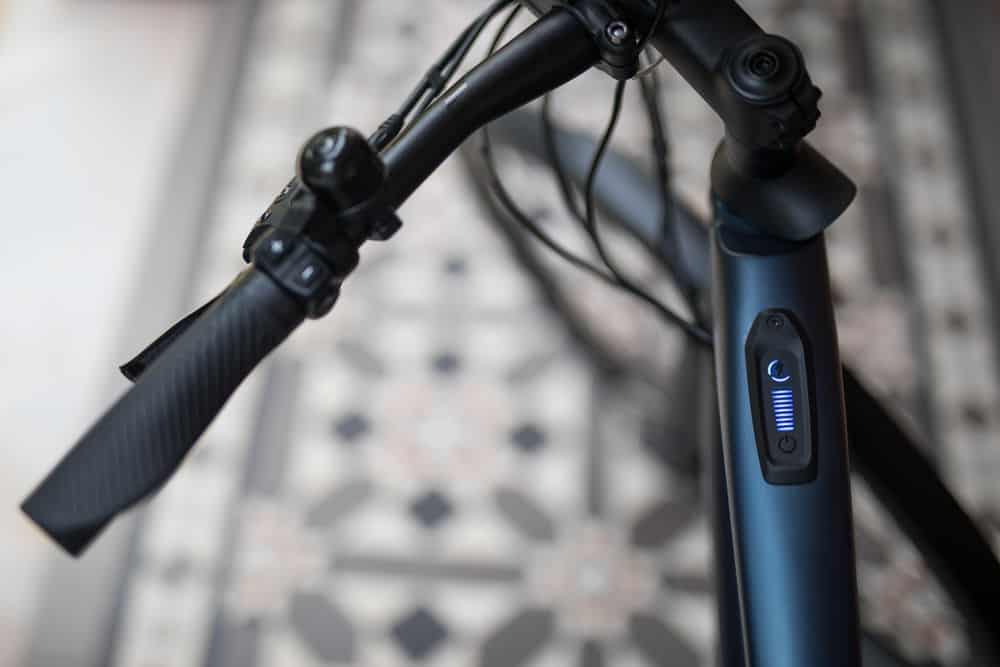
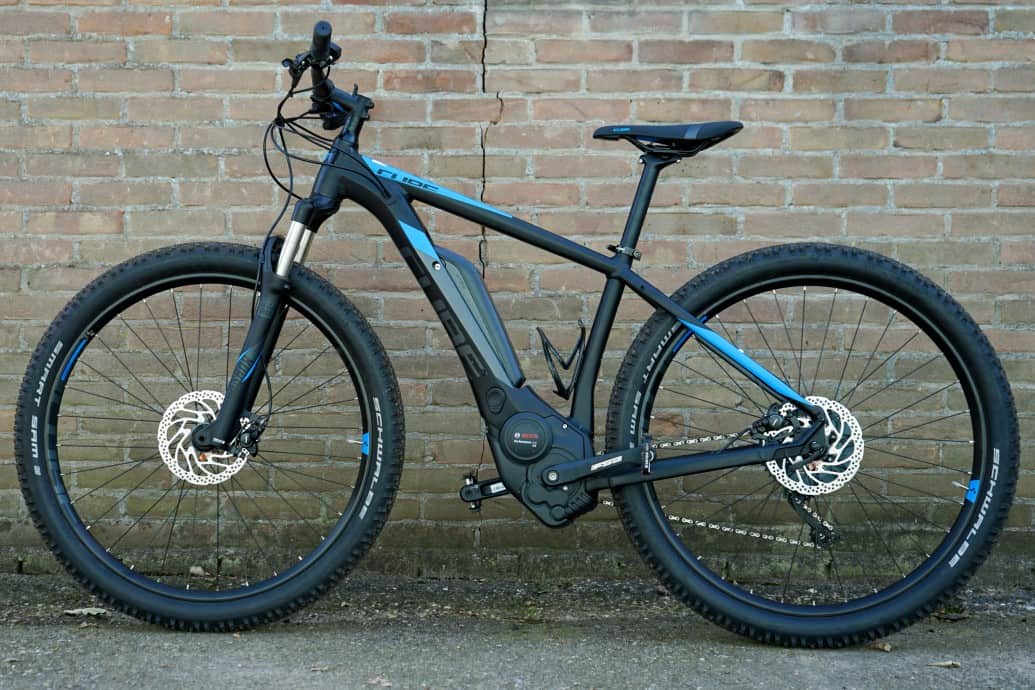
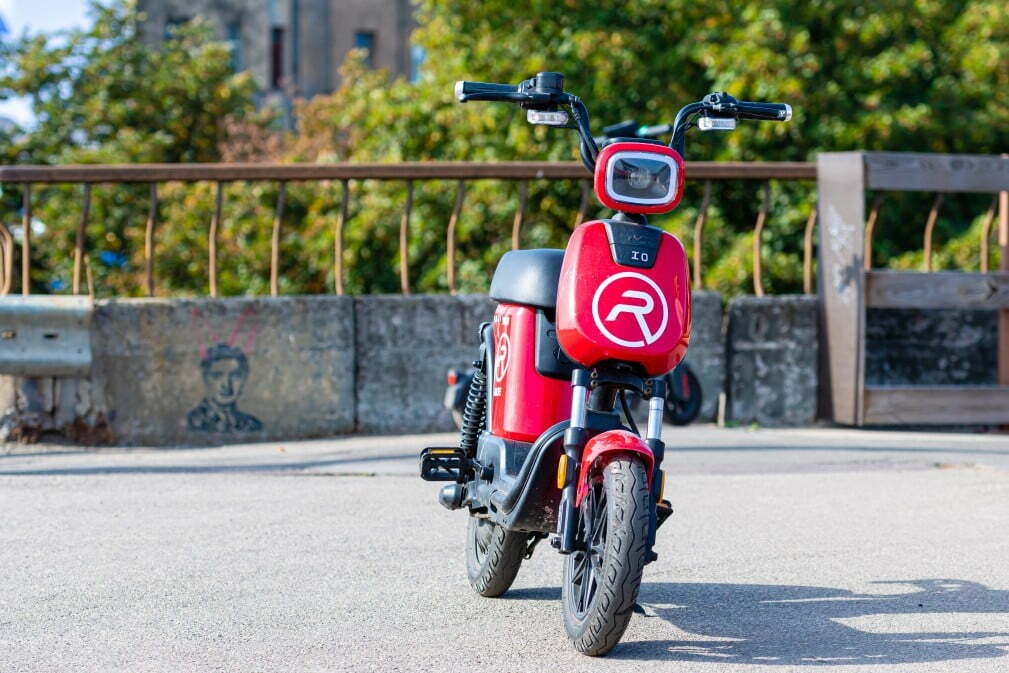
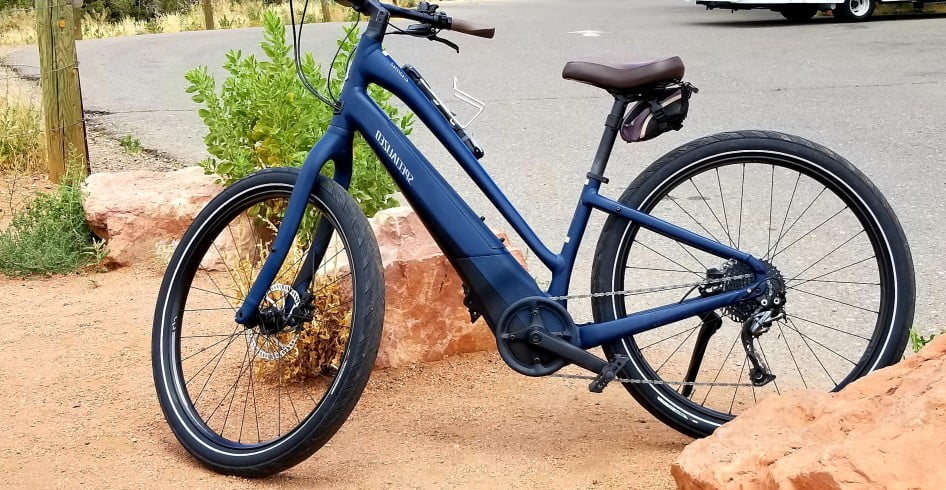
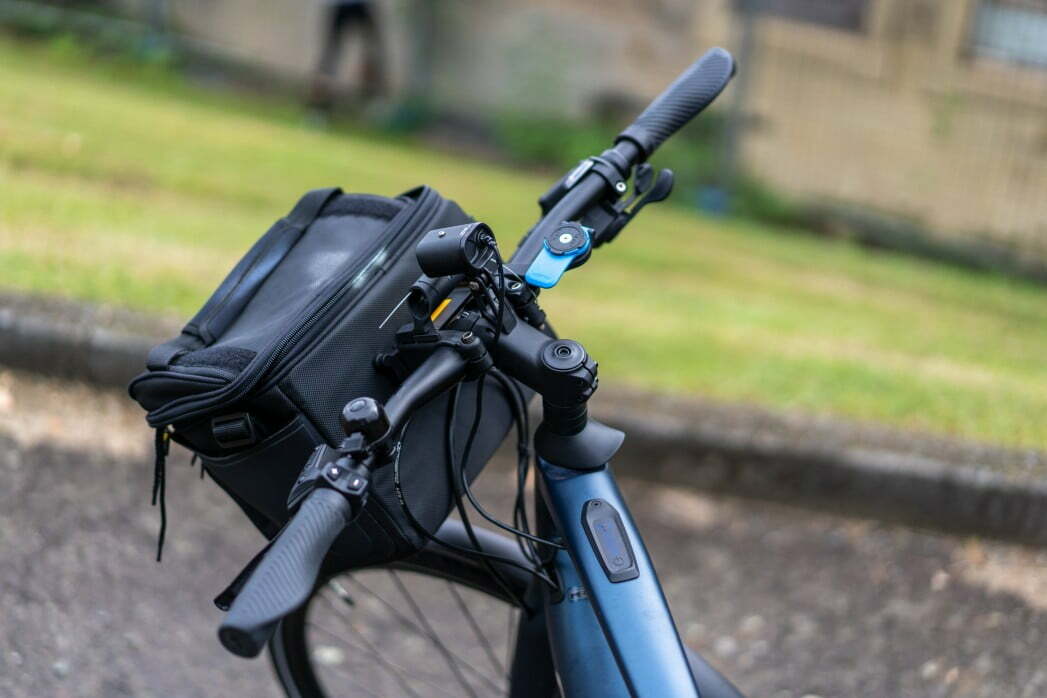
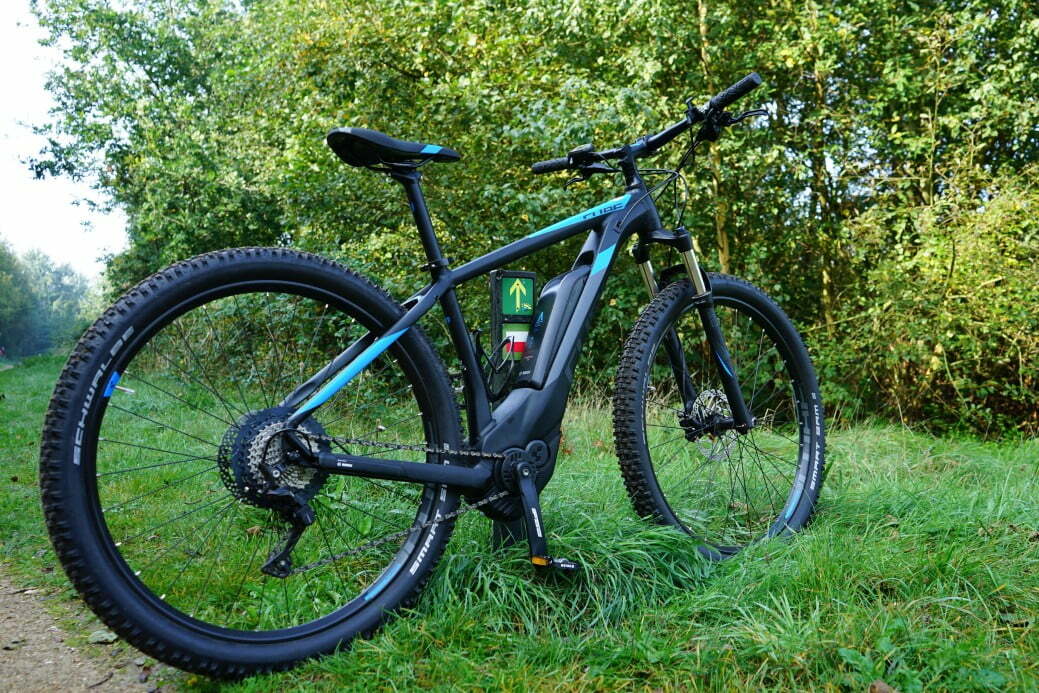
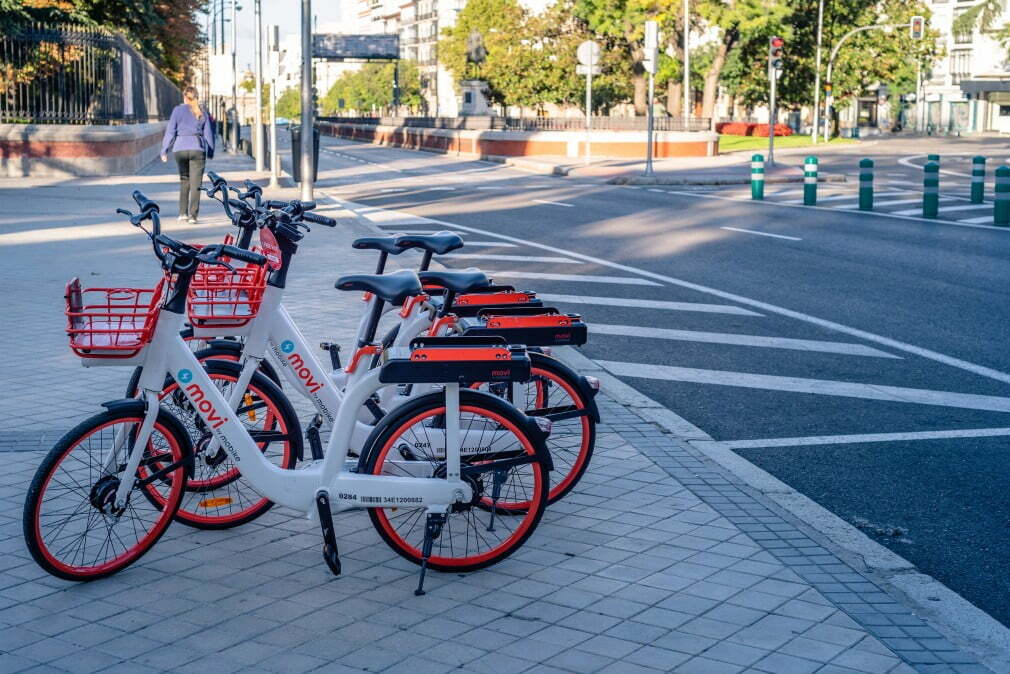

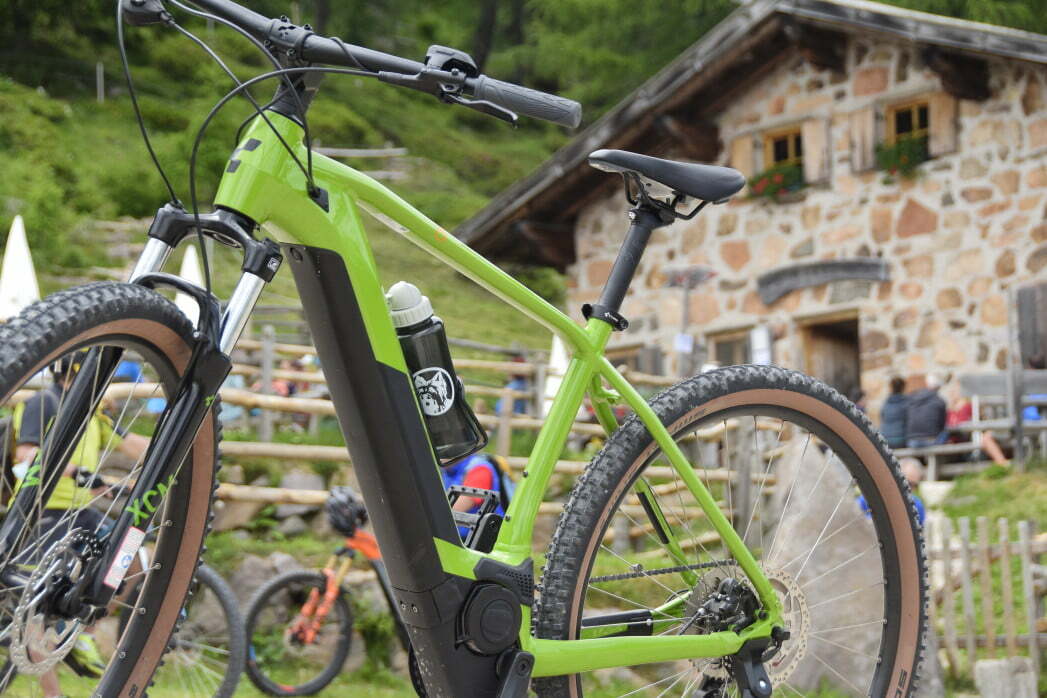
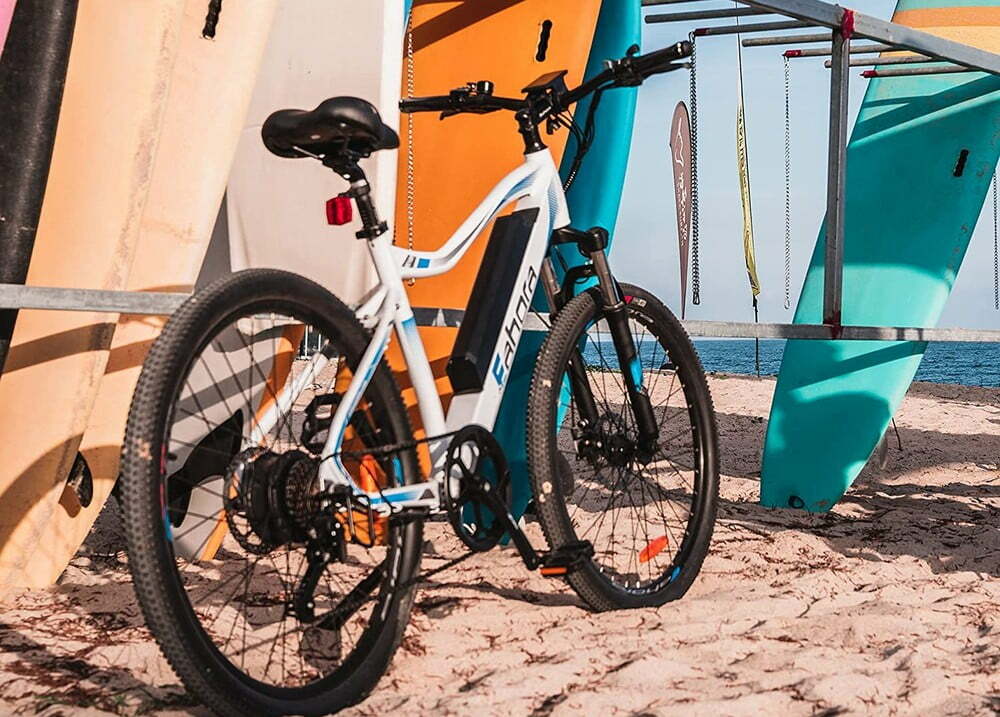
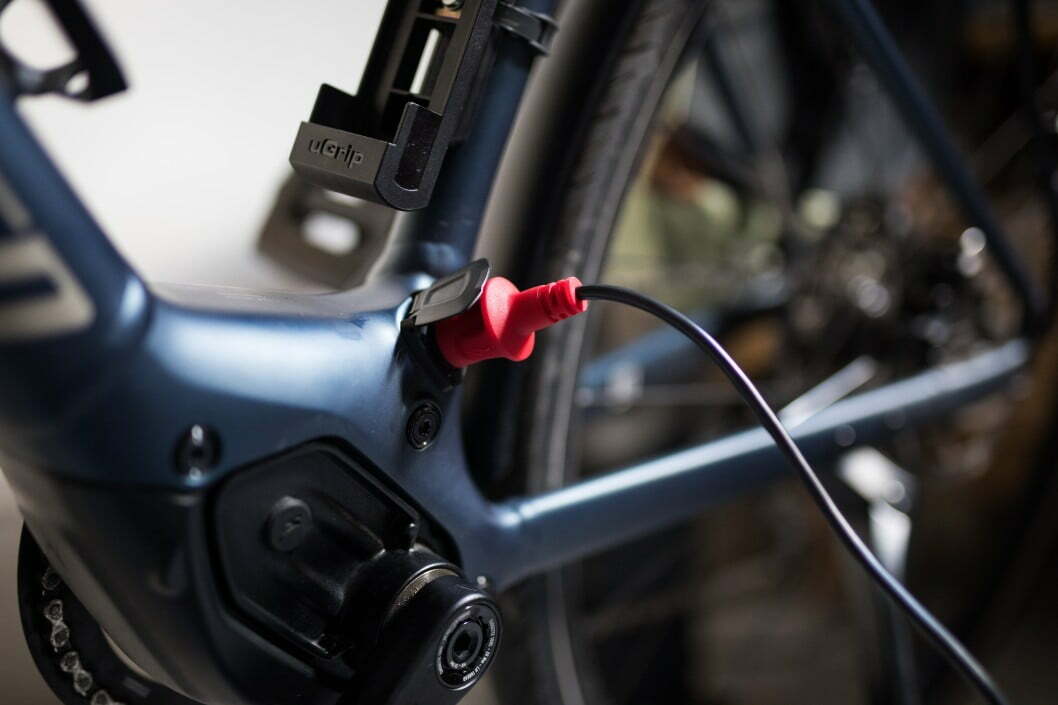
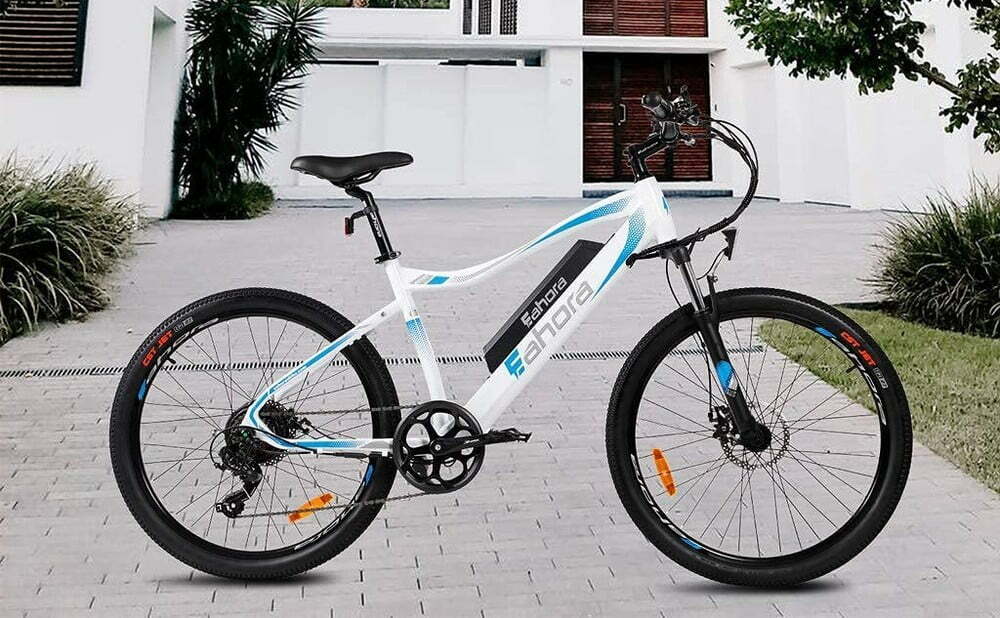
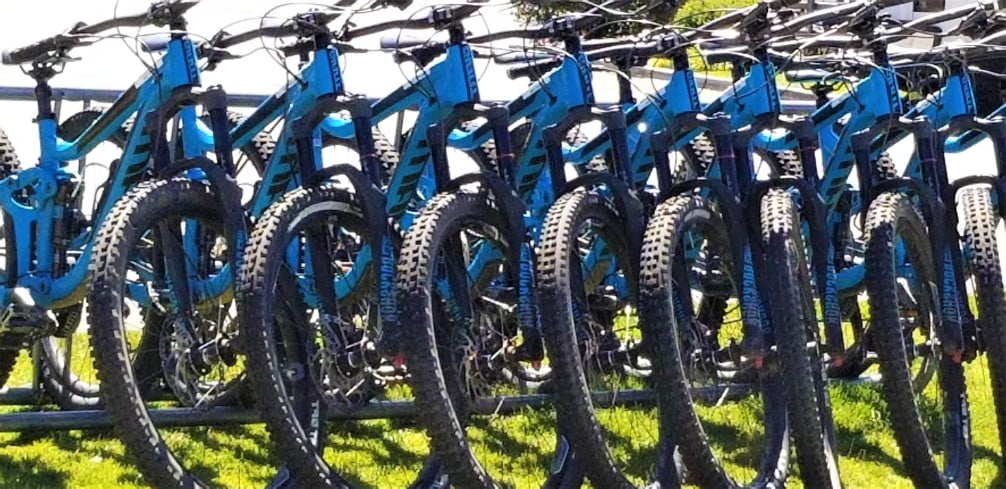

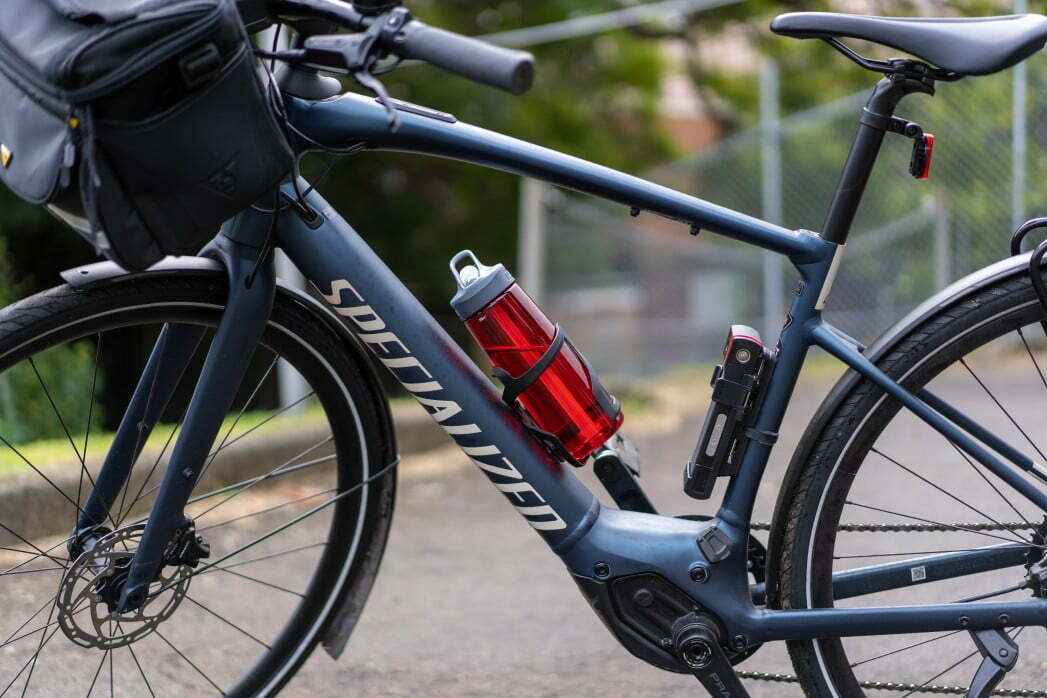
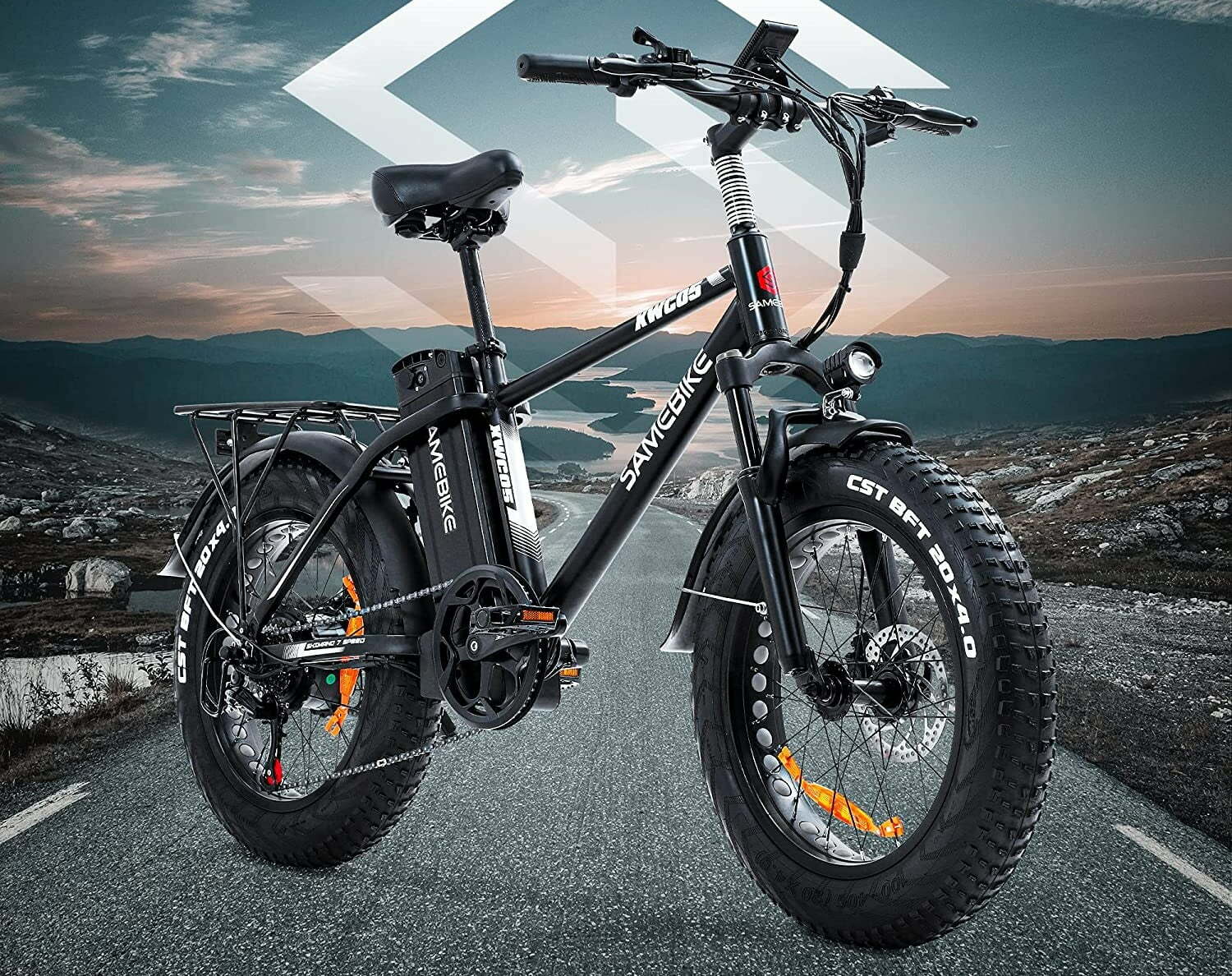
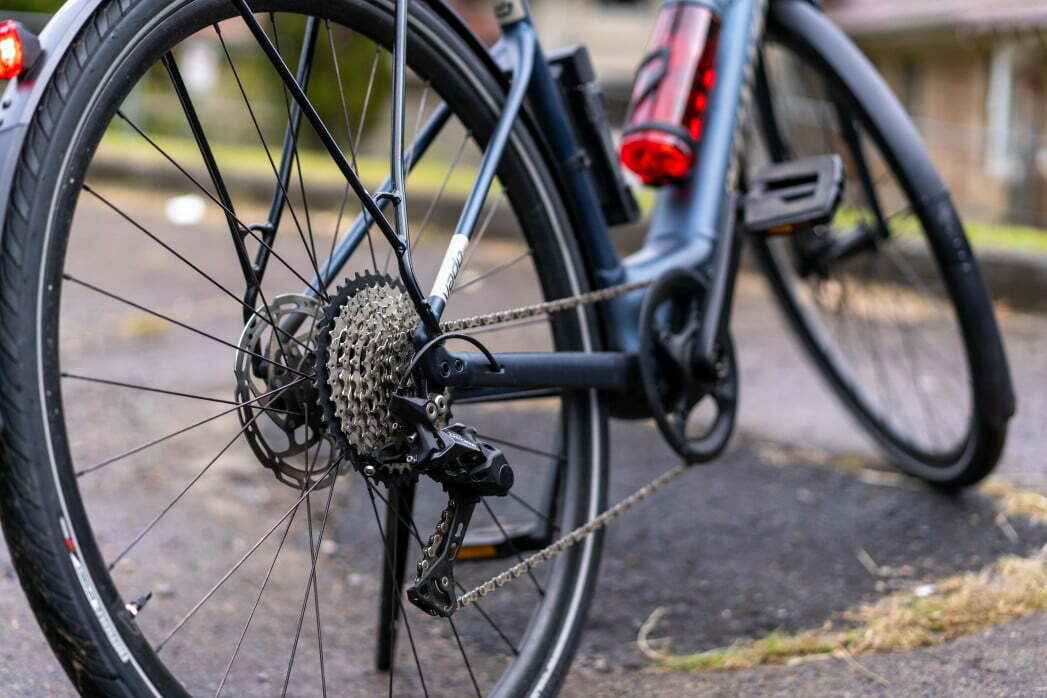
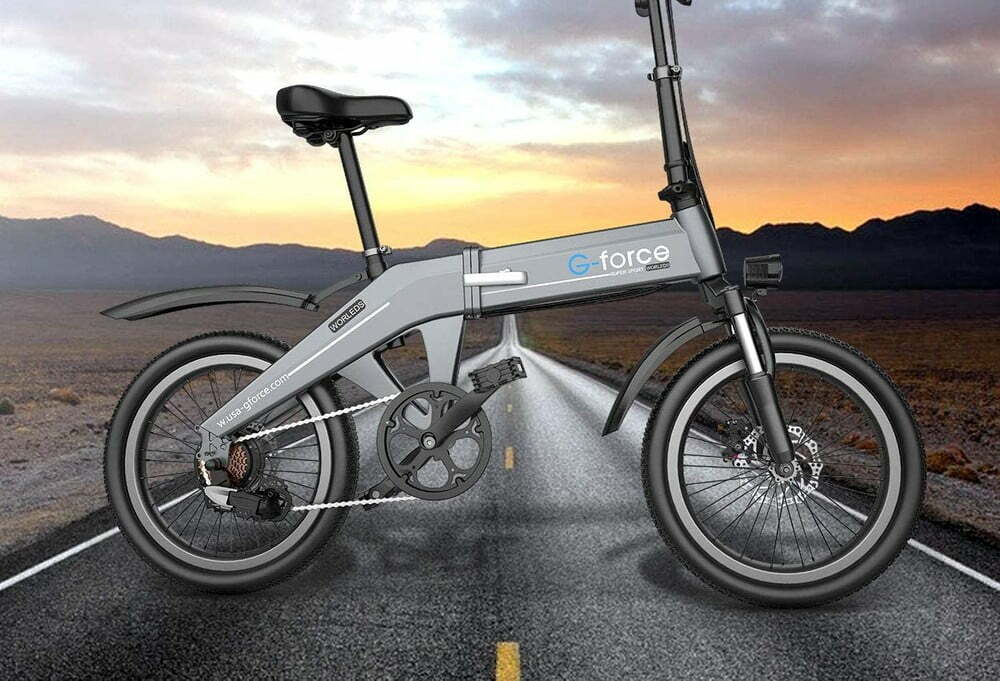
![Best Electric Bike in [year] ([month] Reviews) 27 Best Electric Bike in 2026 (January Reviews)](https://www.gadgetreview.dev/wp-content/uploads/elby-s9-750x422-1.png)
![Best Bikes in [year] ([month] Reviews) 28 Best Bikes in 2026 (January Reviews)](https://www.gadgetreview.dev/wp-content/uploads/cheapest-electric-bikes-1.jpg)
![Best Front Drive Electric Motor Bikes in [year] 29 Best Front Drive Electric Motor Bikes in 2026](https://www.gadgetreview.dev/wp-content/uploads/best-front-drive-electric-motor-bikes-image.jpg)
![Best Cannondale Electric Bikes in [year] 30 Best Cannondale Electric Bikes in 2026](https://www.gadgetreview.dev/wp-content/uploads/best-cannondale-electric-bikes-image.jpg)
![Best Luna Cycle Electric Bikes in [year] 31 Best Luna Cycle Electric Bikes in 2026](https://www.gadgetreview.dev/wp-content/uploads/Luna-Cycle-Apex-Electric-Bike.webp)
![Best Rad Power Electric Bikes in [year] 32 Best Rad Power Electric Bikes in 2026](https://www.gadgetreview.dev/wp-content/uploads/best-rad-power-electric-bikes-image.jpg)
![Best Rear Drive Motor Electric Bikes in [year] 33 Best Rear Drive Motor Electric Bikes in 2026](https://www.gadgetreview.dev/wp-content/uploads/best-rear-drive-motor-electric-bikes-image.jpg)
![Best Ebike Conversion Kits in [year] 34 Best Ebike Conversion Kits in 2026](https://www.gadgetreview.dev/wp-content/uploads/best-ebike-conversion-kit.jpg)
![Best Electric Bike Locks in [year] 35 Best Electric Bike Locks in 2026](https://www.gadgetreview.dev/wp-content/uploads/best-electric-bike-locks-image.jpg)
![Ebikes with Longest Range in [year] 36 Ebikes with Longest Range in 2026](https://www.gadgetreview.dev/wp-content/uploads/best-ebike-with-longest-range-image.jpg)
![Best Electric Bike Trailers in [year] 37 Best Electric Bike Trailers in 2026](https://www.gadgetreview.dev/wp-content/uploads/best-electric-bike-trailers-image.jpg)
![Best Bike Rack for Electric Bikes in [year] 38 Best Bike Rack for Electric Bikes in 2026](https://www.gadgetreview.dev/wp-content/uploads/best-bike-rack-for-electric-bikes-image.jpg)
![Best Electric Bike Helmets in [year] 39 Best Electric Bike Helmets in 2026](https://www.gadgetreview.dev/wp-content/uploads/best-electric-bike-helmets-image.jpg)
![Best Throttle Electric Bikes in [year] 40 Best Throttle Electric Bikes in 2026](https://www.gadgetreview.dev/wp-content/uploads/best-throttle-electric-bike-image.jpg)
![Lightest Electric Bikes in [year] 41 Lightest Electric Bikes in 2026](https://www.gadgetreview.dev/wp-content/uploads/lightest-electric-bike-image.jpg)
![Best Schwinn Electric Bikes in [year] 42 Best Schwinn Electric Bikes in 2026](https://www.gadgetreview.dev/wp-content/uploads/Electric-Bikes-image.jpg)
![Best All Terrain Electric Bikes in [year] 43 Best All Terrain Electric Bikes in 2026](https://www.gadgetreview.dev/wp-content/uploads/best-all-terrain-electric-bike-image.jpg)
![Best Cheapest Electric Bikes in [year] 44 Best Cheapest Electric Bikes in 2026](https://www.gadgetreview.dev/wp-content/uploads/cheapest-electric-bikes.jpg)
